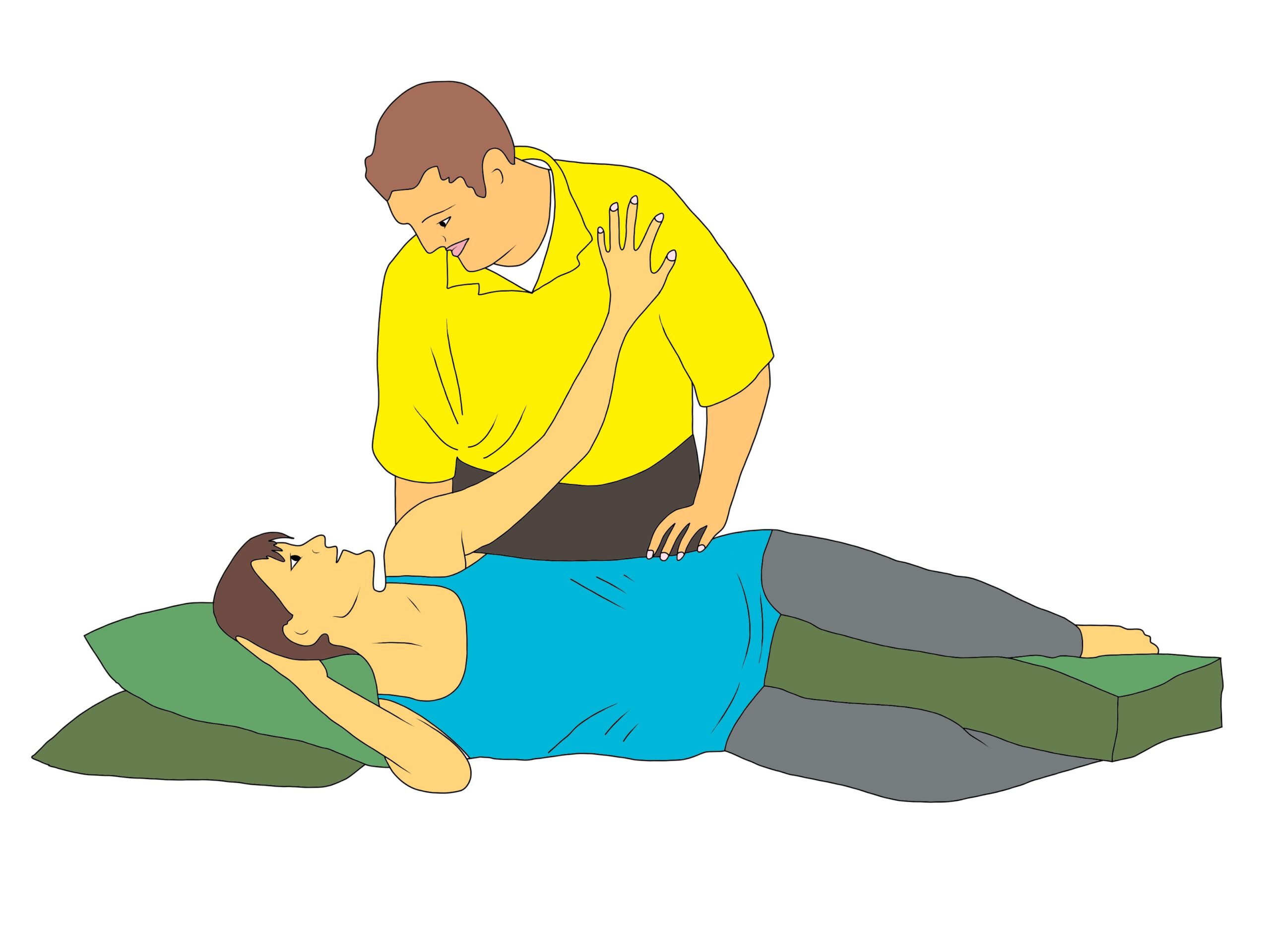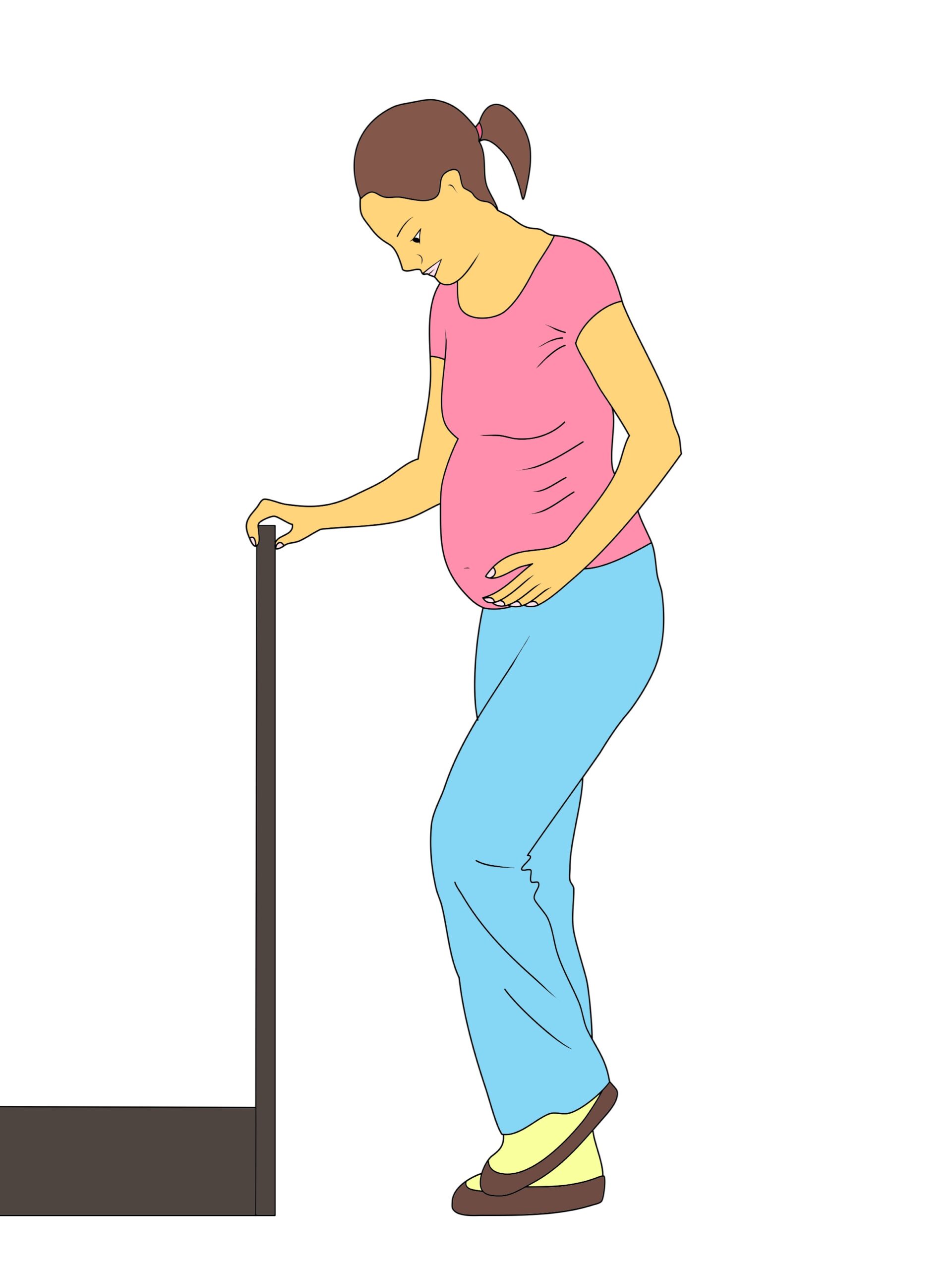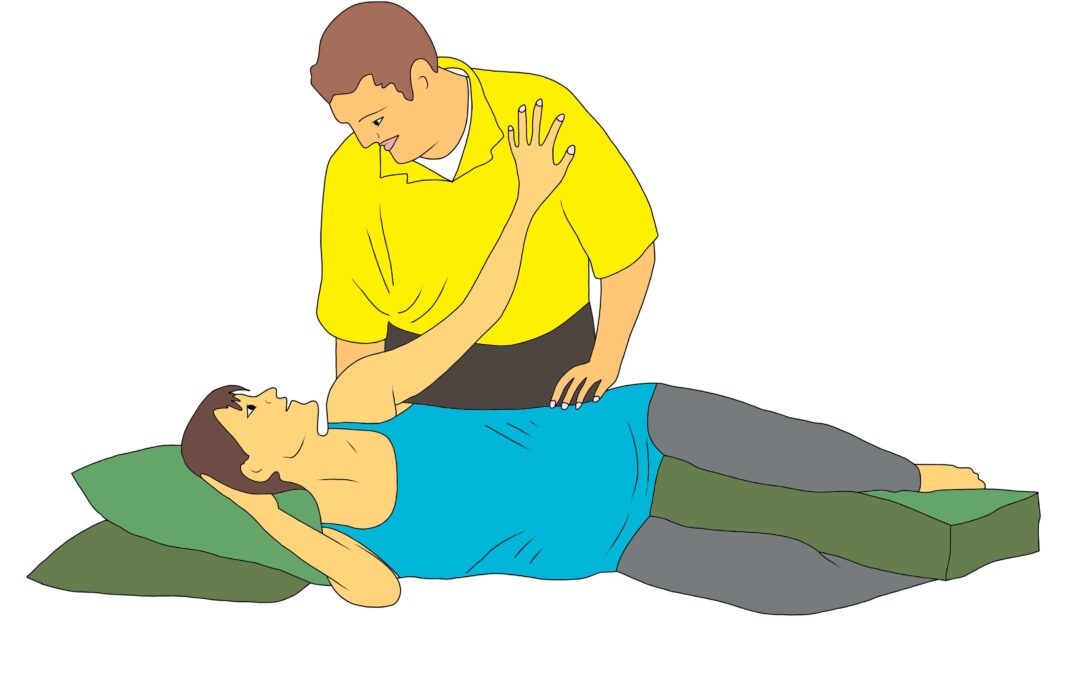Best Birth Positions for Doulas to Support Laboring Clients
As a doula, understanding various birth positions and their benefits can significantly enhance your ability to support a birthing person. Different positions not only help manage pain and facilitate the baby’s descent but also provide comfort, making the birthing person feel more at ease and relaxed during their labor. Here’s a guide to some of the best positions, their benefits, and when they are most effective during labor.
Upright Positions (Standing, Walking, Swaying)
Description: Upright positions include standing, walking, and gently swaying. These positions use gravity to help the baby descend into the pelvis.
Benefits:
- Encourages the baby to move down the birth canal.
- Helps align the baby in an optimal position for birth.
- It can speed up labor by creating more space in the pelvis.
- Allows for rhythmic movement, which can be soothing and reduce pain perception.
When Most Effective:
- Early to active labor, when movement can help progress contractions.
- When the baby needs to rotate or descend further.
- During periods of slow labor, to encourage movement and progress.
Squatting
Description: In this position, the birthing person squats deeply with support from a partner, doula, or birth ball or holds onto a sturdy surface like a bed or bar.
Benefits:
- Opens the pelvic outlet by up to 30%, creating more space for the baby to descend.
- Uses gravity effectively, helping to speed up the pushing phase.
- It can help reposition a baby that is stuck or not optimally positioned.
- Provides a strong sense of control and empowerment for the birthing person.
When Most Effective:
- During the pushing stage, especially if progress has stalled.
- When the baby is in an occiput posterior (OP) position (back of the baby’s head towards the mother’s back).
- When the birthing person feels the urge to push but needs more space for the baby.
Hands and Knees
Description: In this position, the birthing person is on their hands and knees, often on a bed, mat, or floor. They can rock back and forth or remain still.
Benefits:
- Relieves back pain, especially if the baby is in a posterior position.
- Helps rotate the baby into a better position for birth.
- Reduces perineal trauma and the risk of tears during the pushing stage.
- Promotes optimal oxygen flow to the baby, as it alleviates pressure on major blood vessels.
When Most Effective:
- If the baby is in a posterior or sideways position and needs help rotating.
- During back labor to relieve pressure and pain.
- When pushing, it feels more comfortable to be in a forward-leaning position.
Side-Lying
Description: The birthing person lies on their side with a pillow between their knees. This position can be used during contractions or for rest.
Benefits:
- Provides rest for the birthing person during long labor.
- Offers a slower, controlled descent of the baby, reducing the risk of tearing.
- Promotes optimal blood flow to the baby and birthing person.
- Useful for those with epidurals who need to remain in bed.
When Most Effective:
- During early labor or between contractions, conserve energy.
- For those with high blood pressure or heart concerns, as it reduces strain.
- When the baby is descending too quickly, side-lying can help slow things down.
Kneeling and Leaning Forward (On a Birth Ball, Bed, or Partner)
Description: The birthing person kneels on a surface like a bed or floor and leans forward onto a birth ball, bed, or their partner.
Benefits:
- Encourages pelvic opening and uses gravity while providing a comfortable resting position.
- Reduces pressure on the lower back and sacrum, easing back pain.
- Helps the baby find an optimal position by opening the pelvic inlet.
When Most Effective:
- When the birthing person needs rest but still wants to encourage the baby’s descent.
- During active labor, when more space is needed in the pelvis.
- This is for those experiencing back labor or intense lower back pain.



Sitting on a Birth Stool or Toilet
Description: Sitting on a birth stool, toilet, or similar supportive structure allows the birthing person to maintain an upright position with the pelvis open.
Benefits:
- Uses gravity to assist in the descent of the baby.
- The position of the pelvis helps encourage effective contractions.
- Sitting on the toilet can naturally trigger the urge to push due to muscle memory.
When Most Effective:
- During the active phase of labor or the early pushing stage, gravity can help.
- When contractions need to be more effective or progress has slowed.
- When the birthing person feels comfortable pushing in a seated position.
Forward-Leaning Inversion
Description: The birthing person positions themselves on all fours and then lowers their chest down, with their head below their hips, for short periods.
Benefits:
- Temporarily relieves pressure on the cervix, encouraging the baby to reposition if needed.
- Helpful in repositioning a breech or posterior baby.
- It can help resolve issues of stalled labor by allowing the baby to find a better position.
When Most Effective:
- If the baby’s position needs adjusting to facilitate labor progress.
- During early labor, optimal fetal positioning should be encouraged before active labor intensifies.
As a doula, your role is crucial. You are there to support, suggest, and provide a calm presence, empowering the birthing person to trust their body and instincts throughout the process. Knowing these positions and their benefits allows you to offer more tailored, practical support to your clients. Every birthing person is unique, so encouraging movement and exploration of various positions can help them find what feels most comfortable and practical. Your support is not just helpful, it’s empowering.

